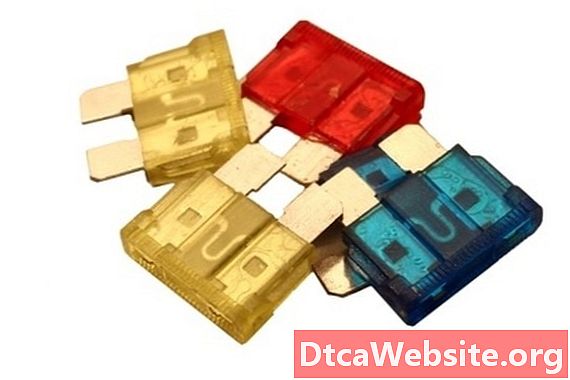
Contenu

Outboard Marine Corporation Cobra outdrives first came out in 1985. The unit was able to attach to several different engine configurations, on a variety of boats and hull designs. Some problems still remain with OMC outdrives, notably the transom shift cable, cable routing, dog clutch gear and cable guide.
Transom Shift Cable Design
The cable, designated the lower shift cable, went through the transom and attached to the gear-change box. Inherent problems were discovered with the inner cable core binding inside the protective sleeve, which promoted difficult shifting. In these cases, operators needed to apply two to three times the amount of of pressure to move the shifter from neutral to forward and reverse. Sometimes the shifter jammed and did not move at all.
Transom Cable Routing
Inconsistency in the transom cable routing caused kinks and sharp bends in the cable, which halted the cores interior movement. This was traced back to insufficient factory lubrication that caused premature wear of the core and sleeve. Also, cables that came with the rubber cable sleeves mounted above the starter, and not routed under it to the proper bracket, failed. This faulty routing configuration also caused the unintentional activation of the electronic shift assist system.
Dog Clutch Gear Failure
Failure of the dog clutch gears has happened as a direct result of a defective transom shift cable. When the shift cable only partially engaged as a result of binding, it shaved metal off the engagement gear contact surfaces between neutral, forward and reverse. Clutch dog gears stuck in partial engagement during a higher than normal rpm shift caused gear tooth breakage and rapid wear.
Cable Guide
Many OMC outdrive cable binded at the pivot point on the plastic cable guide. The retaining screw that held the cable guide down was often over-tightened, even though directions have been followed. Using a screwdriver to turn the retaining screw one turn counterclockwise to free up the cable, remedied the problem.
Many OMC outdrive motors were set too high by the factory or maladjusted by their owners. The most common complaint indicated idles speeds that ran from 20 to 50 per cent over manufactures specifications. This created a hard, shock engagement of the transmission gears and U-joint when shifting the gearbox. Propeller key and key-way shaft problems also resulted. Most OMC outdrives were designed to idle at 650 rpm, or according to individual engine model specifications.


